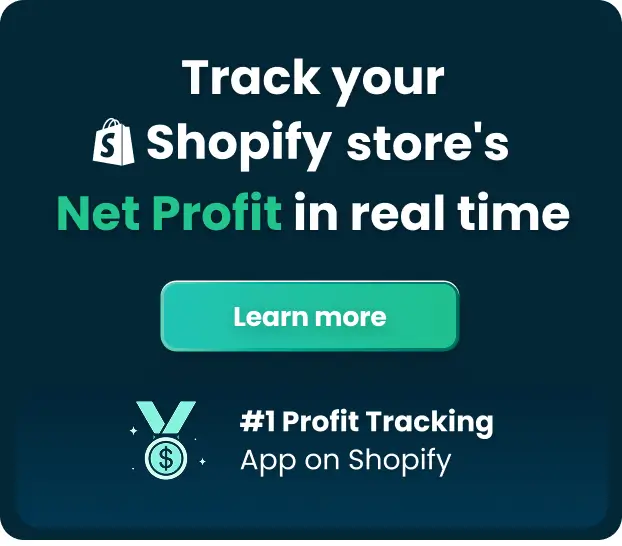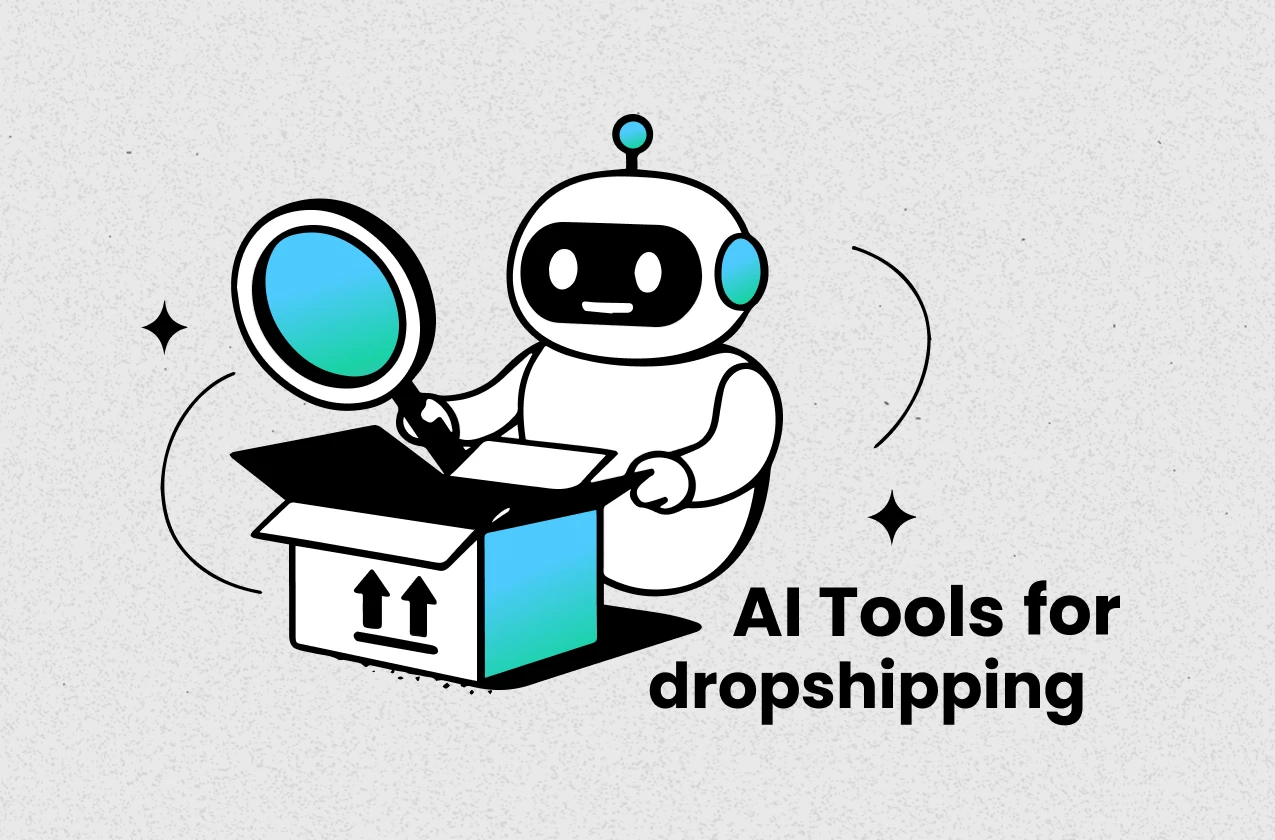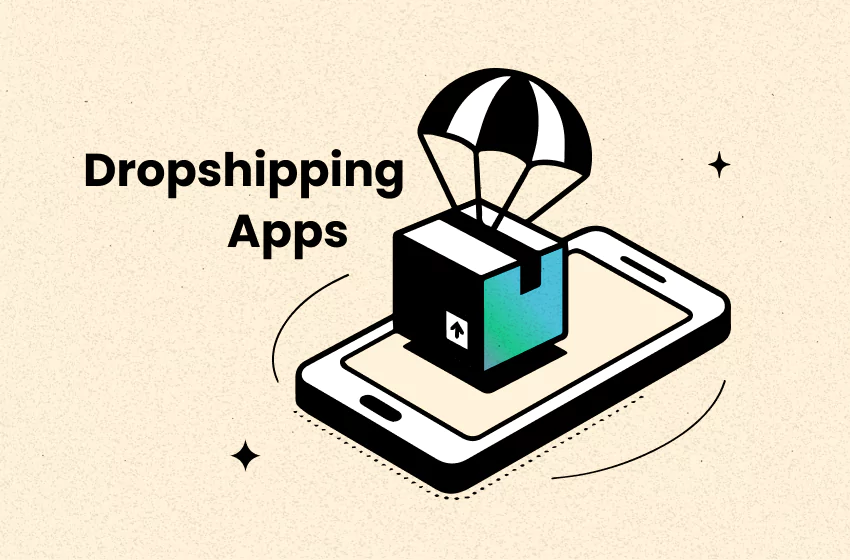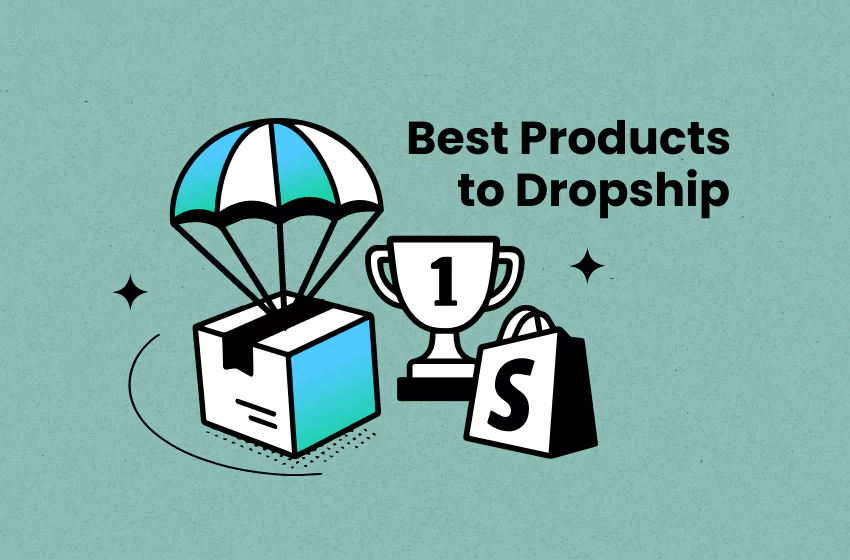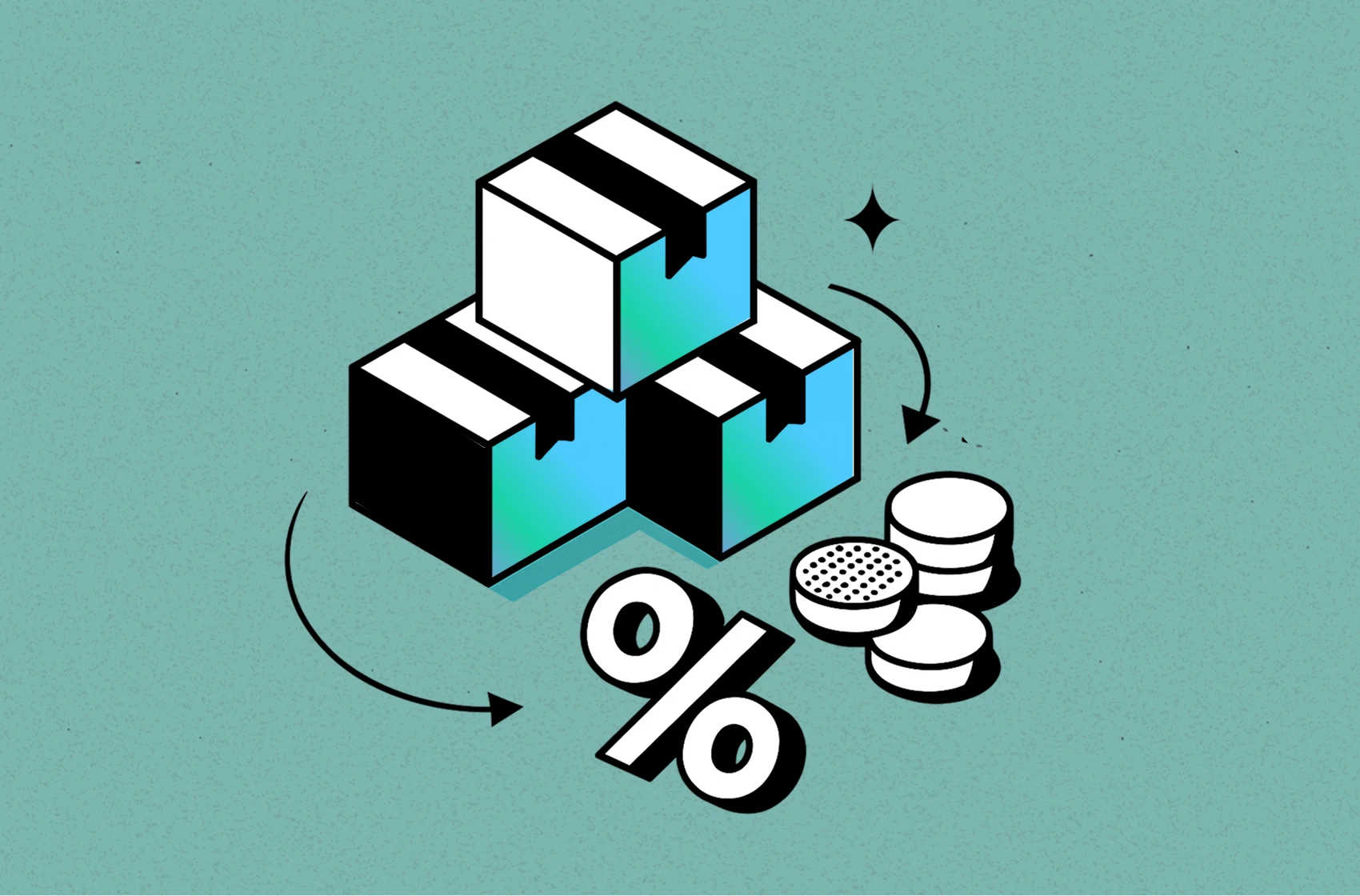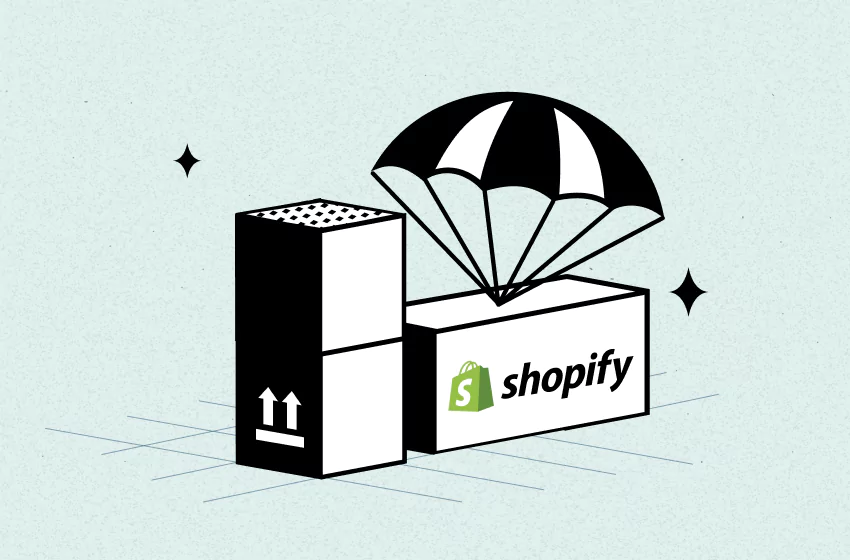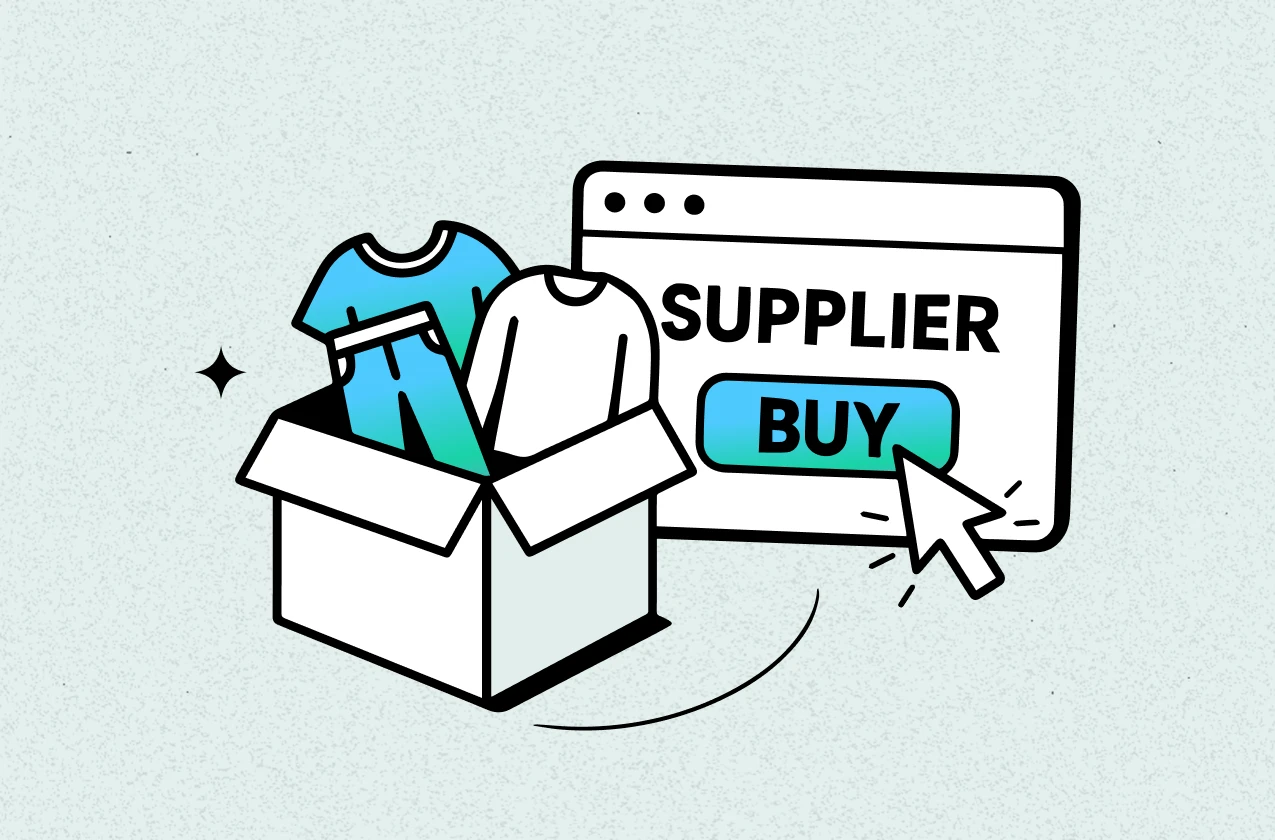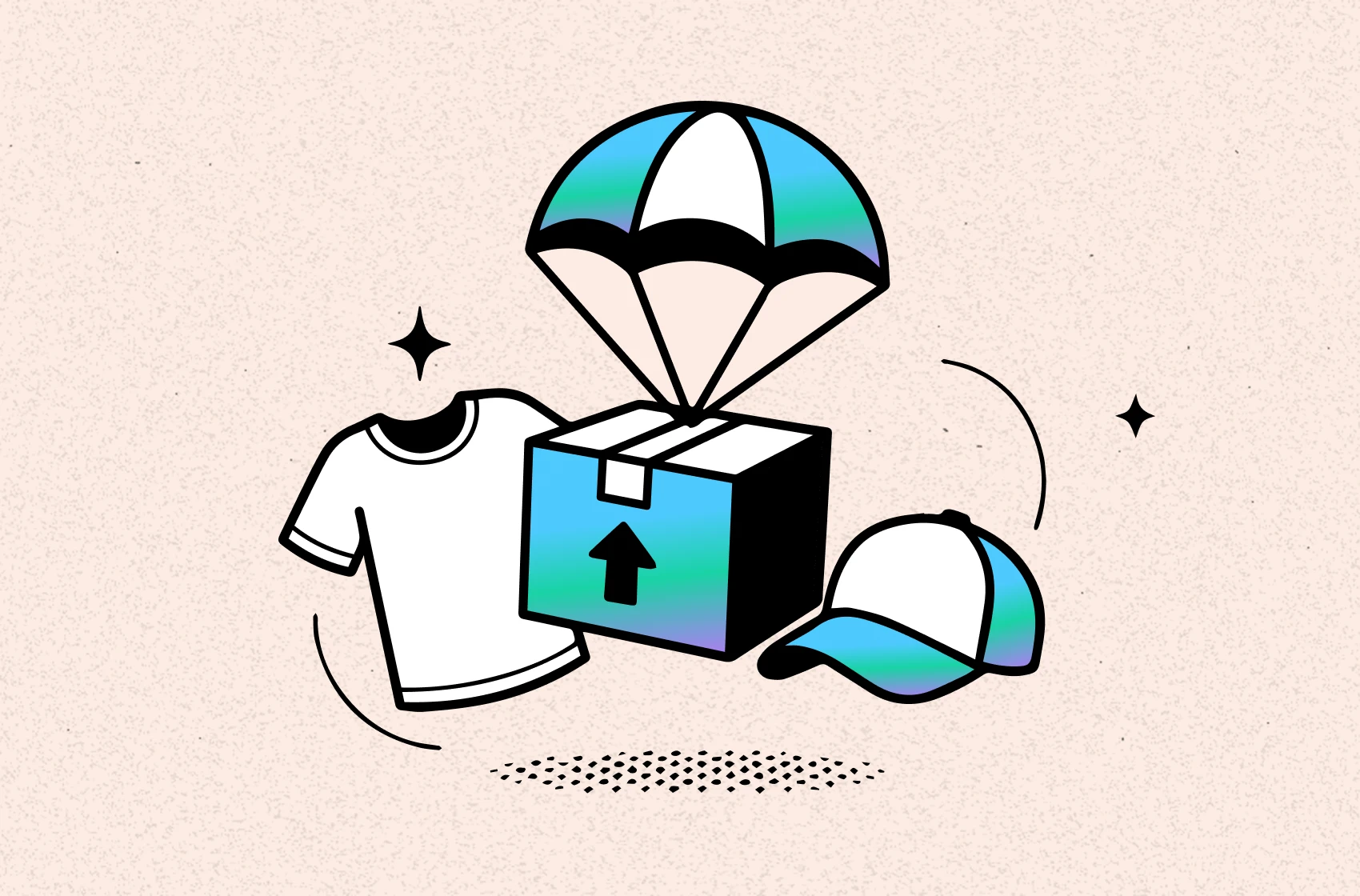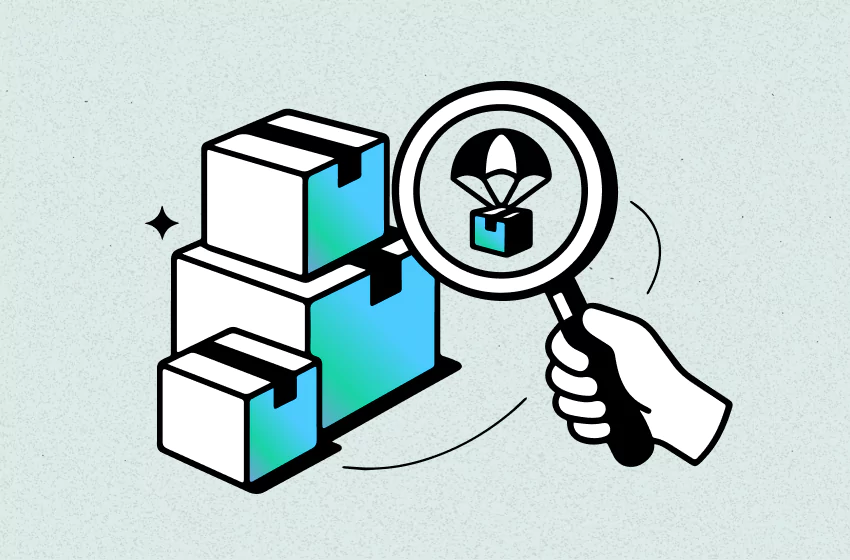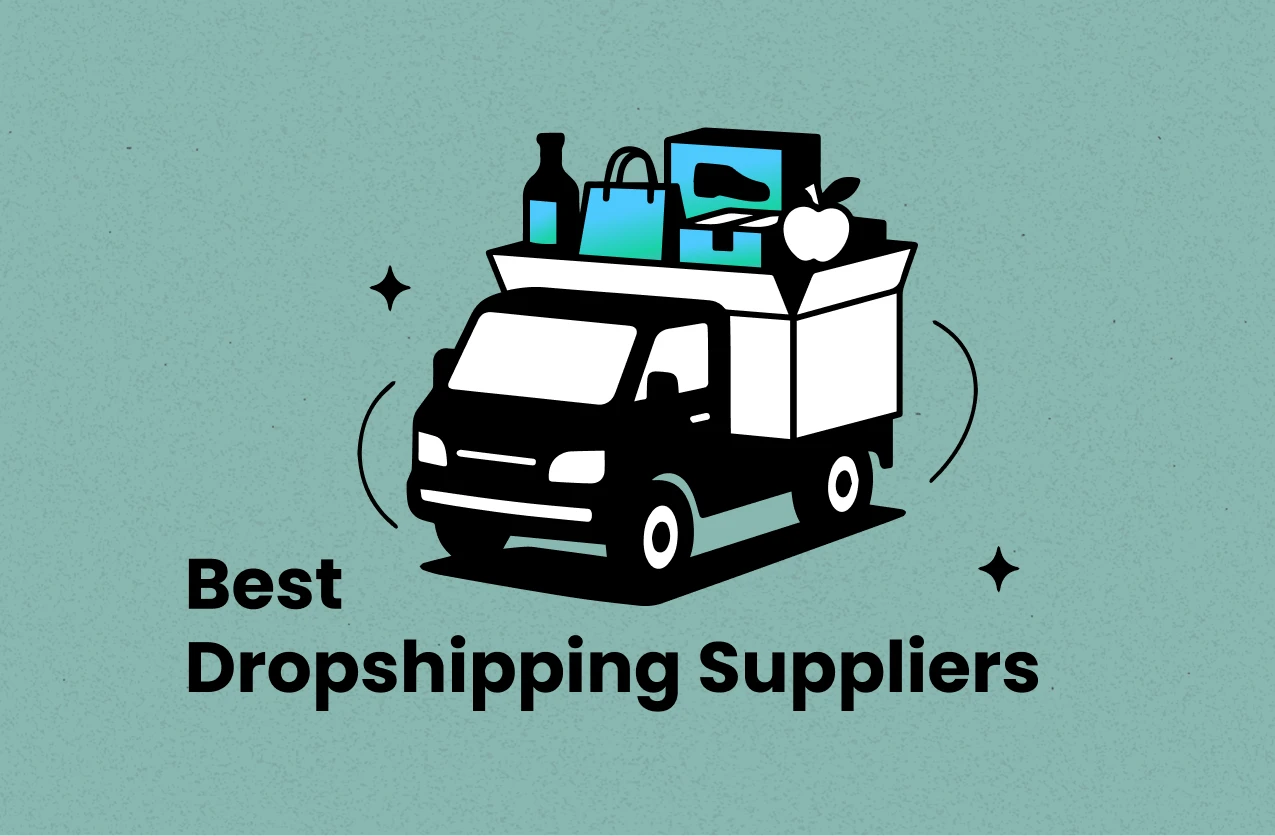Is Dropshipping Profitable in 2025? 7 Hard Truths to Know
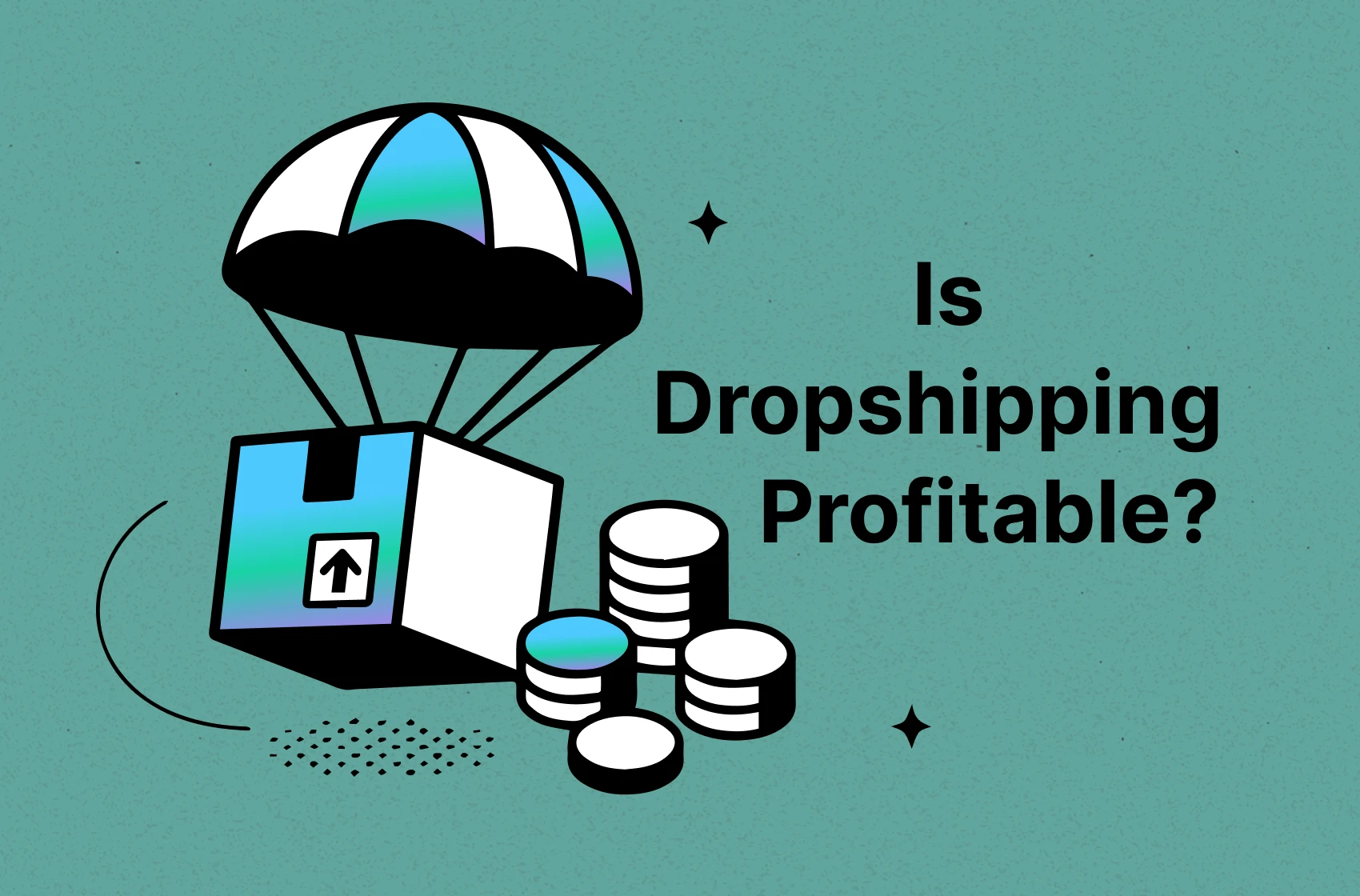
Dropshipping is a retail model where the seller doesn’t keep inventory in stock. It’s a popular choice for beginners thanks to its low entry costs, ease of testing, and the ability to set up a store quickly from anywhere.
According to Yaguara, the dropshipping success rate ranges from 10% to 20%, meaning that out of every 100 dropshipping stores, approx 10 to 20 are truly profitable. The average dropshipping income in 2025 generally ranges from $200 to $35,000+ per month.
So yes—dropshipping is still profitable in 2025, but whether you become one of those successful stores depends on several key factors.
In this guide, you’ll learn about the dropshipping market growth forecast for 2025 and beyond, as well as the advantages and challenges you should know—covering the 7 essential things to consider before starting a profitable business.
What is Dropshipping?
Dropshipping is a retail fulfillment model where the seller doesn’t keep inventory in stock. Instead, when a customer places an order, the supplier ships the product directly to them. Sellers keep the difference between the selling price and the supplier’s cost — this is their gross profit margin.

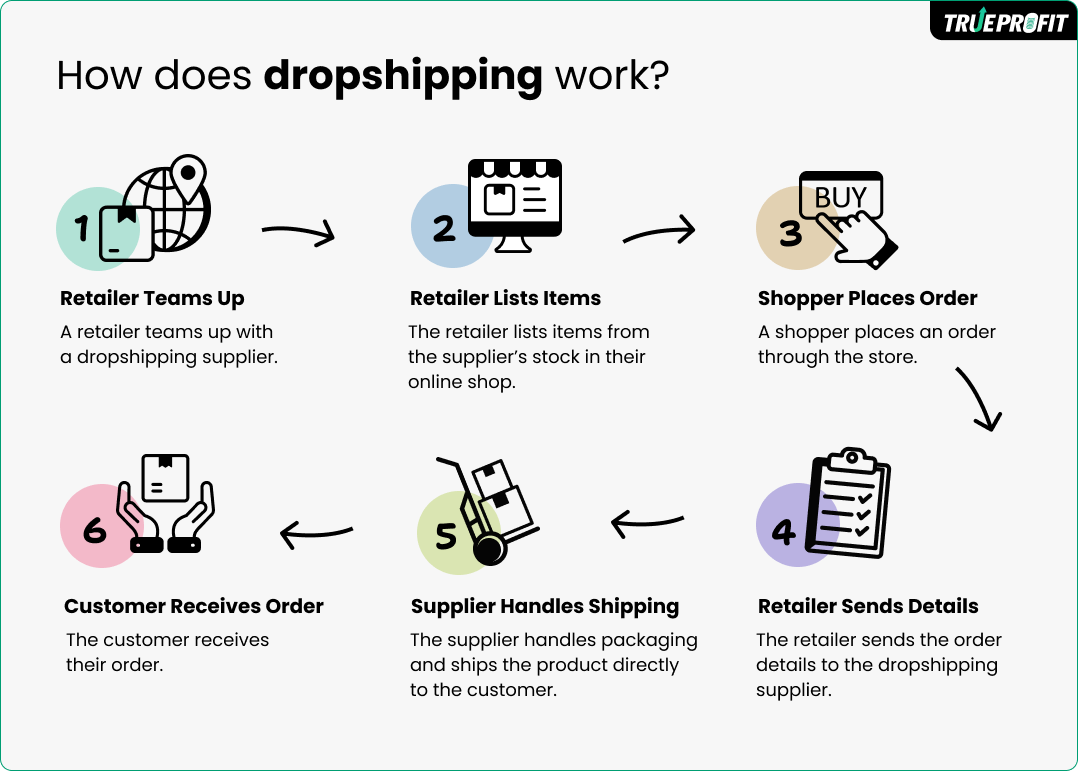
Is Dropshipping Profitable in 2025?
Yes, dropshipping is still profitable in 2025.
The total dropshipping market size is valued at $365.7B (2024) and projects ~22% growth from 2025–2030, reaching ~$1.25T by 2030, according to Grand View Research.
At store level, average conversion rate per store is approx 1.4%, with ~10-30% gross profit benchmark.
Success rates vary—but a rough estimate suggests 10%–20% of dropshipping businesses succeed according to Shopify. This means out of every 100 dropshipping sellers that have stores on Shopify, 10 to 20 of them are profitable.
What is the Average Dropshipping Income?
The average dropshipping income in 2025 generally ranges from $200 to $35,000+ per month, depending on experience, niche selection, traffic, and operational efficiency.
Income ranges low to high based on store size and skill level:
- $200–$1,000 per month for beginners
- $2,000–$10,000 per month for intermediate sellers
- and $10,000–$35,000 or more per month for experienced operators running optimized stores in high-margin niches.

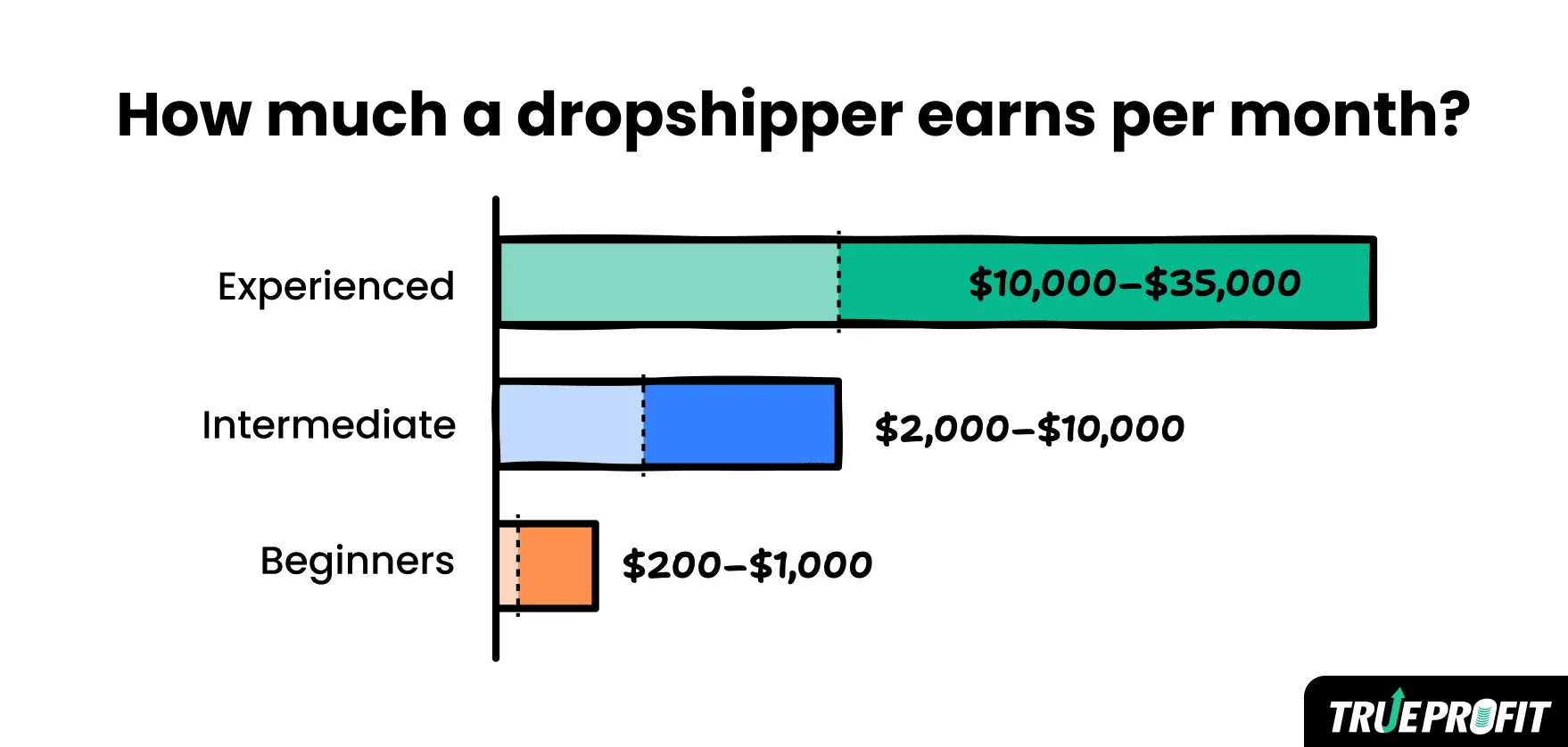
Higher-margin stores allow higher chances for profitability, yet the success only goes to those who’re skilled at:
- Data-driven product selection
- Paid ads optimization
- Profit tracking and KPIs analytics
- Branding & customer retention
- Supply chain management
If sellers ignore these skills, they’re stuck at scaling their income no matter what the benchmark is.
What are Advantages of Dropshipping?
The biggest advantage of dropshipping is its free-inventory. This removes financial upfront risk — usually from bulk inventory, warehouse renting fees, or heavy COGS — making dropshipping the low-barrier business model for most sellers.
And there’s even more worth considering:
- Manage stores from anywhere – Dropshipping gives sellers complete location flexibility without being tied to a physical storefront.
- Offer a wide variety of products – Sellers can list and sell many products across multiple niches without committing capital upfront.
- Scale stores easily – Sellers can grow stores without worrying about warehouses or hiring extra staff.
What are Challenges of Dropshipping?
In contrast, the biggest cons of dropshipping is its low profit margin. Profit margin is the percentage of revenue left over after covering all costs — at store level, it reflects the business ability to generate profit from total sales.
The profit margin benchmark for dropshipping ranges from 10% to 30%. This means for every $100 in sales, a dropshipping store keeps only $10–$30 as profit after paying for all direct costs, relatively low compared to:
- Private label: 40%-70% margin
- Wholesale: 20%-50%
- DTC: Upper 50%
Dropship sellers must sell high volumes or focus on higher-ticket products (items with much higher selling price — often $200, $500, $1,000, or more) to make a worthwhile total profit.
And there’re other challenges worth noting:
- Intense competition & saturation. Identical stores offer similar products, leading to price wars and margin shrink.
- Supplier issues. Inconsistent product quality, shipping delays, and stock shortages damage customer trust.
- Tariffs effects & trade friction. Tariffs and geopolitical changes increase costs and slow delivery.
7 Things to Know Before Starting a Dropshipping Business
These 7 hard truths uncover what most beginners don’t realize before starting a dropshipping store.
1. Low Cost = High Profitable Dropshipping
Profit = Selling Price – Total Costs. If the total costs are low but selling prices stay the same, this dropshipping store is getting profitable.
There’re 8 main types of costs in a dropshipping store, including:
- COGS — Supplier’s product price
- Shipping fees — Supplier’s delivery cost
- Marketing & Ad spend — Paid promotion budget
- Platform fees — Marketplace listing charges
- Transaction fees — Payment processor cut
- Refunds & returns — Compensation to buyers
- Customer service — Support staff expenses
- Tool charge — App or software cost
According to Harry Chu, Founder of TrueProfit, accurate cost tracking is the foundation of building a profitable business. “Especially in a tight-margin model like dropshipping, every unaware cost can directly eat into profit, making cost tracking critical”.
2. Dropshipping Is Crowded + Highly Competitive
There are approximately 24 million eCommerce stores worldwide, and 33% of them are dropshipping businesses. Almost every store sells the same product and competes at the same selling price. Starting a dropshipping business = joining a market that’s already crowded and highly competitive.
Standing out often comes down to three boxes:
- Finding the high-profit margin products
- Finding the profitable niche with low competition
- Building a strong brand identity
- Using automation tools to double productivity
3. Dropshipping Success Takes Time
It takes an average of 2 months and four days to make a profit for an active dropshipper. Even with a simple concept, running a profitable dropshipping store still requires a learning curve.
For most beginners, it takes a few months just to understand the basics—how to find reliable suppliers, select winning products, set competitive pricing, and run profitable ads.
The curve gets easier after the first winning product or marketing strategy clicks, because you can replicate and improve from there.
4. Finding a Reliable Dropshipping Supllier Matters
Finding a reliable supplier is as important as picking a winning product. Because the quality of fulfillment is 100% in supplier control, yet sellers are ones who’re paying for returns & refunds.
Good suppliers is when they have:
- Good product quality
- Consistent stock levels
- Fast, reliable shipping (aim for 2-4 shipping days for local supplier, max 7 days for global)
- Clear, quick communication
- Clear return and refund policy
5. Dropshippers Are 100% Responsible for Customer Support
Like we said above, customers simply don’t care who shipped the item — their trust, payment, and expectations are tied to your brand. For better customer satisfaction, sellers better follow these guides:
- Take the customer’s complaint, communicate with the supplier, then return with a clear solution.
- Set clear refunds, returns, shipping timelines, and warranty terms on frontstore.
- Use automation software – Chatbots or helpdesk tools - any apps that can handle common queries fast.
6. Dropshipping Is Legal
Dropshipping is a legitimate business model recognized in most regions. However, it’s only legal as long as sellers play by the rules. That means paying taxes, selling products allowed in specific markets, and protecting customers’ rights. Breaking these rules can result in legal charges, financial losses, and platform bans.
7. Profitable # High-Sale Dropshipping
Here’s your catch:
- Trending products # Winning product.
- Rising niches # High profitable niche
- High-volume stores # High profit margin store
As Harry Chu, Founder of TrueProfit, puts it: “Just because a store sells a lot doesn’t mean it’s profitable. Net profit—the profit left after all costs—is the only measure of true success, so tracking it is essential”.
That’s where TrueProfit comes in.
TrueProfit is a real-time net profit analytics app built specifically for Shopify dropshippers and sellers. It automatically tracks all costs—including product sourcing, shipping, ads, platform fees, and refunds—and calculates your real net profit in real time. TrueProfit lets drop sellers evaluate the winning products, sales channels, and even more key components based on bottom line, not surface-level metrics, making TrueProfit the cutting-edge advantage in a crowded, highly competitive dropshipping marketplace.
Final Thoughts
Is dropshipping still profitable in 2025? Yes—for the right type of sellers: one who understands the complexities, chooses the right niche, monitors their profit and cost, and adapts to global shifts. If you're looking for easy money, look elsewhere. But if you're in it for the long haul, with strategy and resilience, there’s still money to be made.
Lila Le is the Marketing Manager at TrueProfit, with a deep understanding of the Shopify ecosystem and a proven track record in dropshipping. She combines hands-on selling experience with marketing expertise to help Shopify merchants scale smarter—through clear positioning, profit-first strategies, and high-converting campaigns.




